I spend my days watching the 1960s. In my role as a cataloguer for Northern Ireland Screen, I scroll through Ulster Television news film from 1959 to 1969, working on a Broadcasting Authority of Ireland project to share these old films not seen since the time of broadcast.
UTV was a young station, many of the employees learning their trade as they went, rushing around Northern Ireland capturing stories for broadcast. The films vary from cute animal stories to folklore to politics and strikes. Many have no audio and were broadcast with a live voiceover that no-one thought important enough to preserve. This can make interpreting what is actually happening something of a guessing game. What are those fishermen pointing at in the water in a clip called Monster in the Lough? A huge fish? An actual monster?
"What a lovely job", people say. And of course they are right. It is lovely, and a privilege to unlock these memories. I dig into stories, reading old newspaper articles, searching defunct forums still hidden on the internet. Sometimes I get answers, sometimes not. All are worth keeping and sharing though. Through the Sea and Coast project with Malojian, we discovered the name of a man racing a Mini across a frozen lough in Dungannon. On Facebook, we found the children pulling on the ropes of a tent on lough side Holywood. If I can put a name or a place to a film, it gives it a new life and a chance for people to see family long gone. I learn more about people like Irish hockey player Maeve Kyle or a young Eamonn McCann, expelled from Queen's University and about to set off on a whole new life . It is lovely but it is heartbreaking too because I know what's coming and they do not.
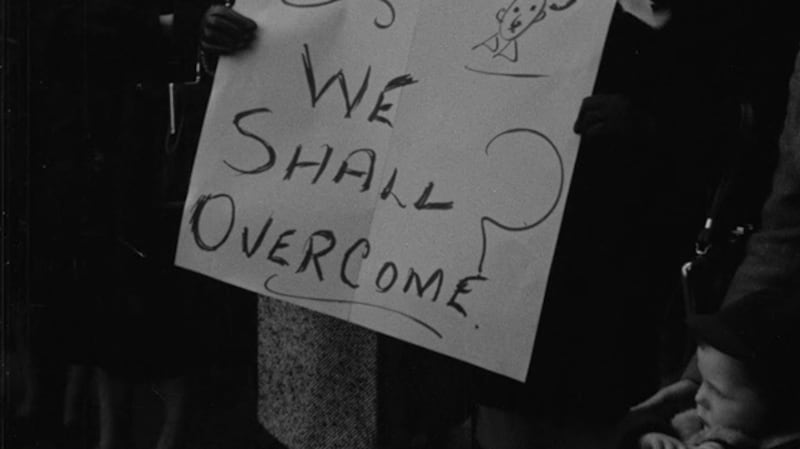
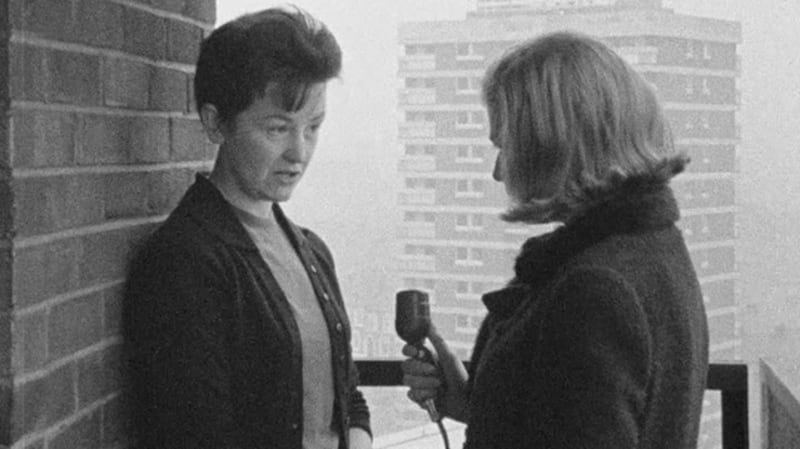
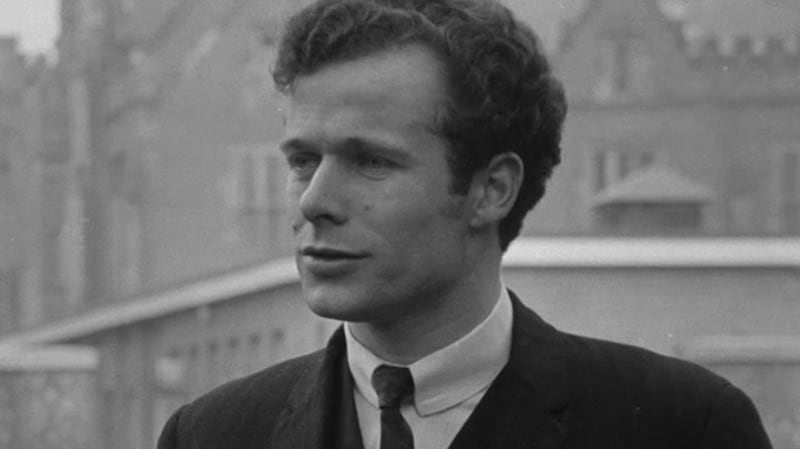
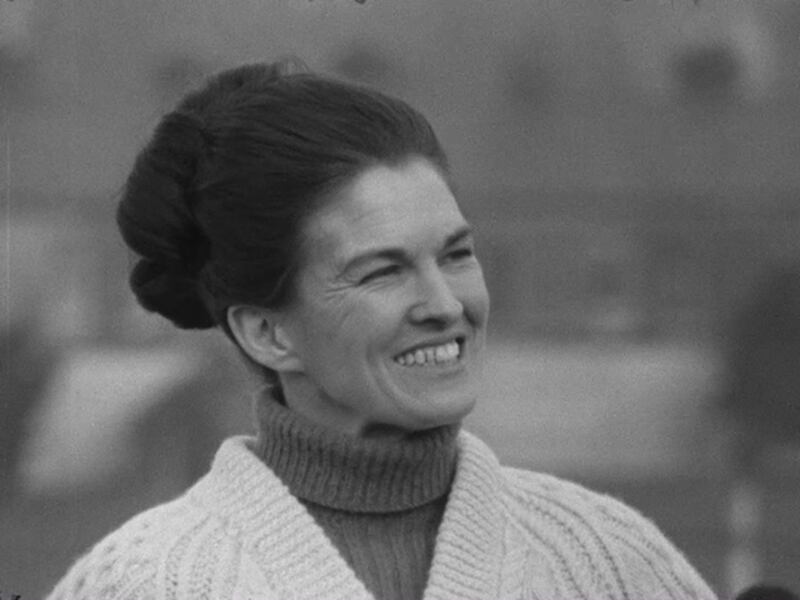
These archives are more than history. More than a resource we cannibalise to talk about the past. Through these films we are seeing life as the people in them saw it but we can also see what they cannot – the missed opportunities, the people lost, the manipulators, rising fears and anger. We see plans, hopes and aspirations. Young people telling the reporter of their ambitions. Holiday-makers enjoying the sun (and the rain). Crafts and skills already dying and filmed in a hope that they may see a resurgence but we know now they do not. There are workers, protesting to keep their jobs and a rising awareness of the world outside. Television not only allowed people to see themselves but to see what was happening beyond the borders in America, Europe, Asia. I can see the influences of the world creeping in with talk of American-style city planning,a bowling alley in Knock, Russian business people fact-finding in Portadown. And the protest signs claiming "We Shall Overcome".
A father in Armagh decides he has had enough of the rats terrorising his family in their damp, condemned home and he sets off on a walk to Stormont, hoping that someone there will help him. It is December 1964 and he walks alone, joined occasionally by a friend but with no banners or crowds. He is part of a movement although he does not know it. He just wants the rats to stop eating his children's food. Housing issues were not new then and are found everywhere, but in Northern Ireland, social issues often have political undertones and one man's lone walk would soon become protests at Belfast City Hall and marches in Derry.
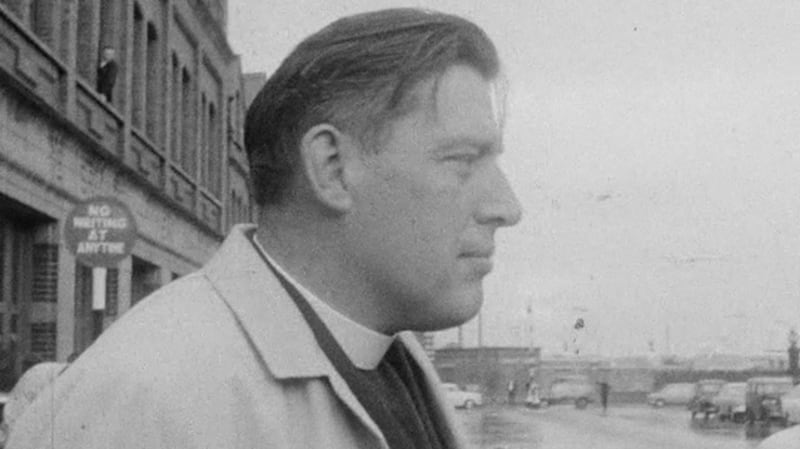
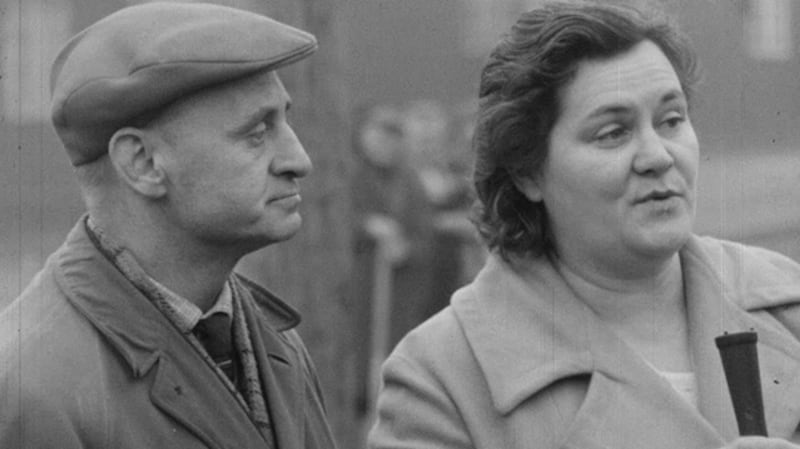
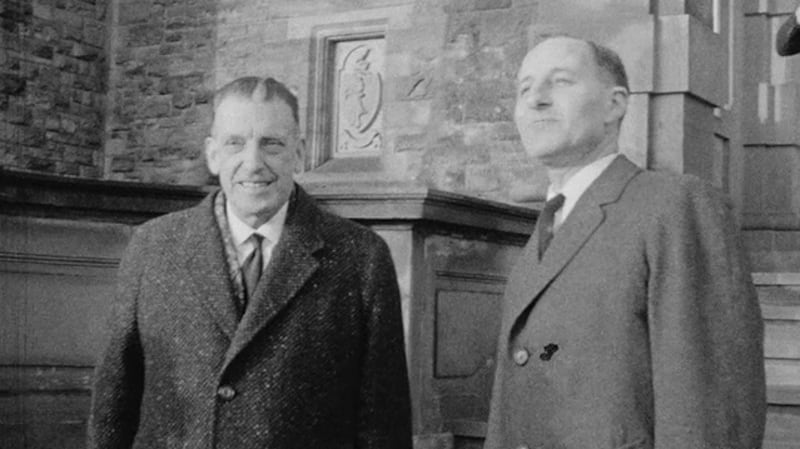
These fledging protests and workers' strikes sit side by side with stories of jaunting cars and modern computers that fill a room. The Swinging Sixties skim the edges of Northern Ireland as The Beatlesand The Kinks play concerts and vox pops debate the length of girls' skirts (and women are always "girls"). In the 1970s, human interest stories were squeezed into news reports in an effort to show something other than relentless violence. In the mid-1960s, the new Alhambra restaurant with its menu seemingly entirely based on sherry is still worth Jimmy Greene heading there to interview the Belgian chef.
It's easy to see it as a pre-time, a time before but watching these archives, I see the cracks through which the alternative Ulster is coming. The Unionist regime is starting to crumble. Infighting grows as Terence O'Neill meets Seán Lemass and the Orange Order takes a vote against O'Neill's supposed Nationalist leanings. Nevermind that he is a fully-fledged member who wears his sash with pride. There is bickering and power grabbing and the rise of politicians who would exploit the division. Rising church leader and unionist activist Ian Paisley is given nothing more than a ten-second clip in 1963 as he appears in court on charges of illegal protest; no interview or live broadcast from the steps of Belfast courthouse following his march on City Hall to protest against flying the flag at half-mast following the death of Pope John XXIII. By 1964 he is filmed sitting at home and reports discuss the Divis Street riot which followed his threat to storm the Republican offices there to remove a tricolour. By 1966 he features in numerous clips that follow his various protests against both Catholicism and mainstream Unionism. As the 1966 election approaches suddenly there are death threats against politicians from unknown sources that the viewer is assured must be the dormant IRA. Unionist Jim Kilfedder portrays his opponent, Labour man Gerry Fitt as a Republican, repeating the accusation in the hope that the tag will stick.
All of this suits the modern narrative of division and sectarianism but the archives also show how the poorest in society came from both sides of the community, and this is one of the most important aspects of having such a resource. Politicians will always emphasise the differences but in the horrendous slum of Springtownin Derry, Catholics and Protestants lived side-by-side in tin huts where the damp ran down the walls in rivers and the children became ill with chest infections and pneumonia. The shipyard and aircraft workers in Belfast, constantly assured of the importance of their work, would find the promises of support to be hollow as the government pulled away from financing a dying industry so that suddenly there were no jobs for life and it wasn't the government's fault that Northern Ireland was becoming increasingly unstable – just look at those nationalists shouting about rights and equal opportunities.
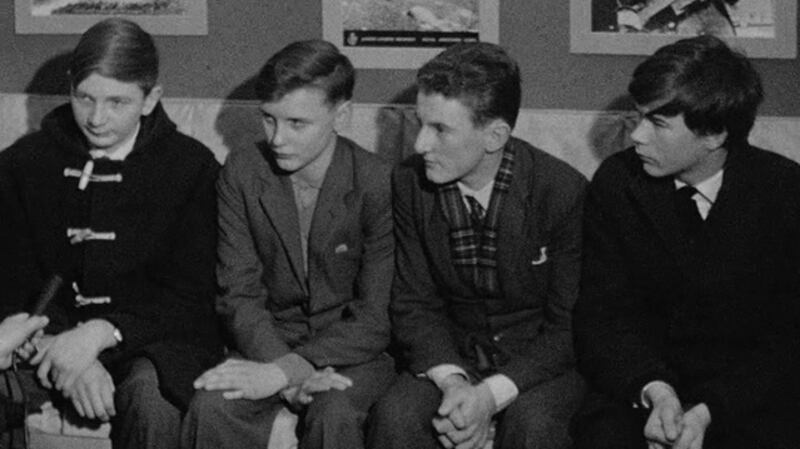
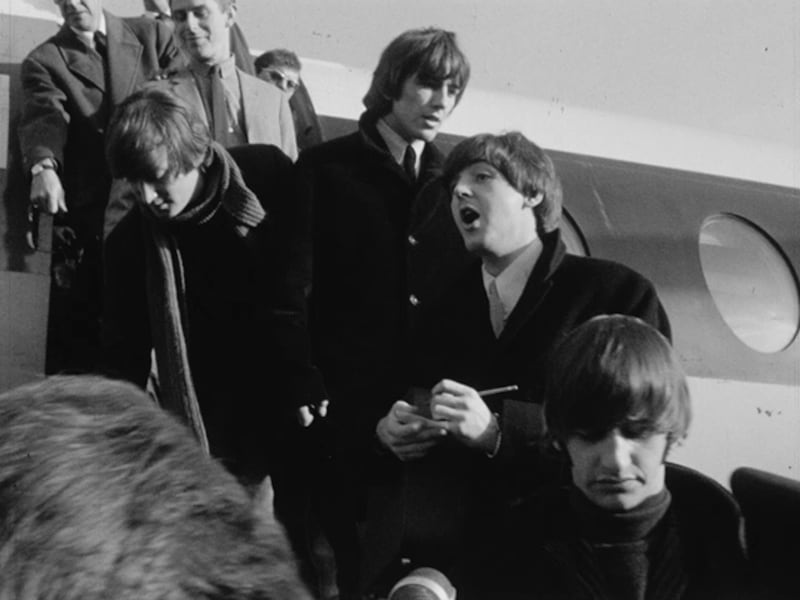
Sometimes the changes can be unbearable. I shout at the screen as the wrecking ball demolishes a tiny toll- housethat took money from travellers in 1815 before they could cross into Belfast City from the countryside beyond Queen's University. The bulldozers pull down old theatres and barracks, communities rehomed across the city. There's a report on how mothers suffer from increased anxiety living in bland high-rises, their children playing in dirty water far below, and I think of how some of those children might later be snipers using those towers as vantage points to target enemies. Teenagers wait in a queue to join the army, one in his school-like duffel coat, voices yet unbroken, seeking a trade and adventure and signing up for nine years, due for discharge in 1974, back into a Northern Ireland changed beyond measure.
The cans of film jump from story to story. I look for the people in them hoping to be able to share memories but many are gone. The children are in their 50s and 60s now and sometimes I’m afraid that showing them their past will actually be more upsetting than pleasant nostalgia. In the space of three generations placenames have become synonymous with other stories, industries have gone leaving gaps that still exist today. Politicians once so certain that they were making their mark on history are all but forgotten. Hindsight can be blurry, conflating facts with narratives and propaganda. Nostalgia is ripe for exploitation especially in a society on the verge of more tumultuous change but these archives tell a truth even as the people staring at the camera don’t know it yet.
Brónagh McAtasney is Cataloguer at Northern Ireland Screen, focusing on the Ulster Television archives, 1959-1969. It is her role to catalogue and publish digitised film from this period for access via the Digital Film Archive. In addition, she works on outreach and creative response projects, bringing the archives to life.







